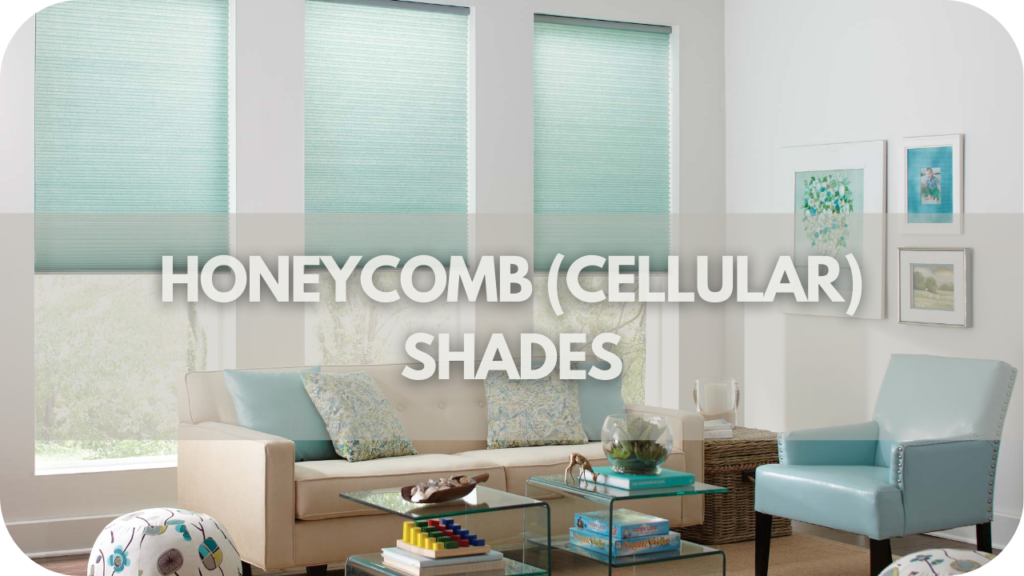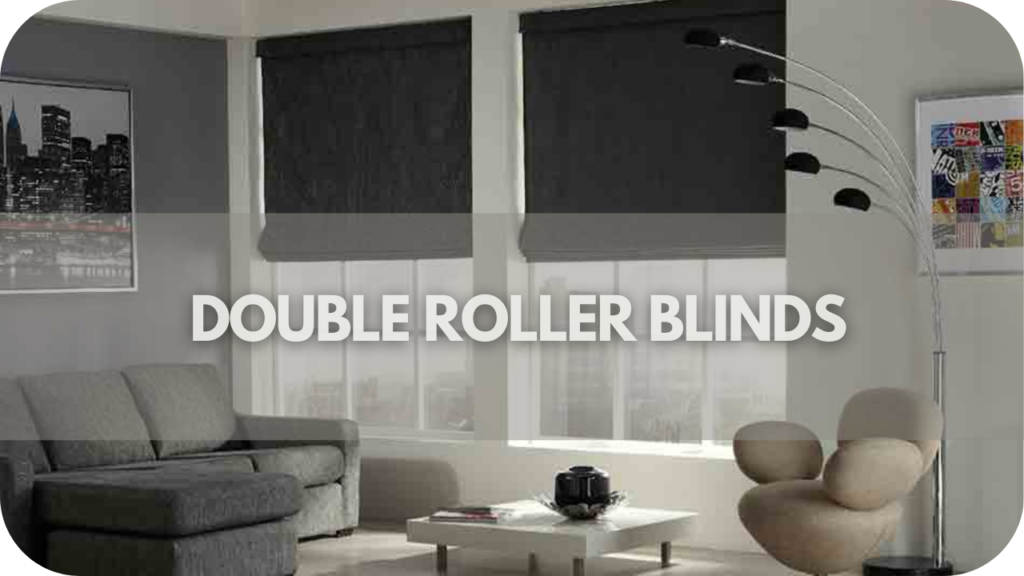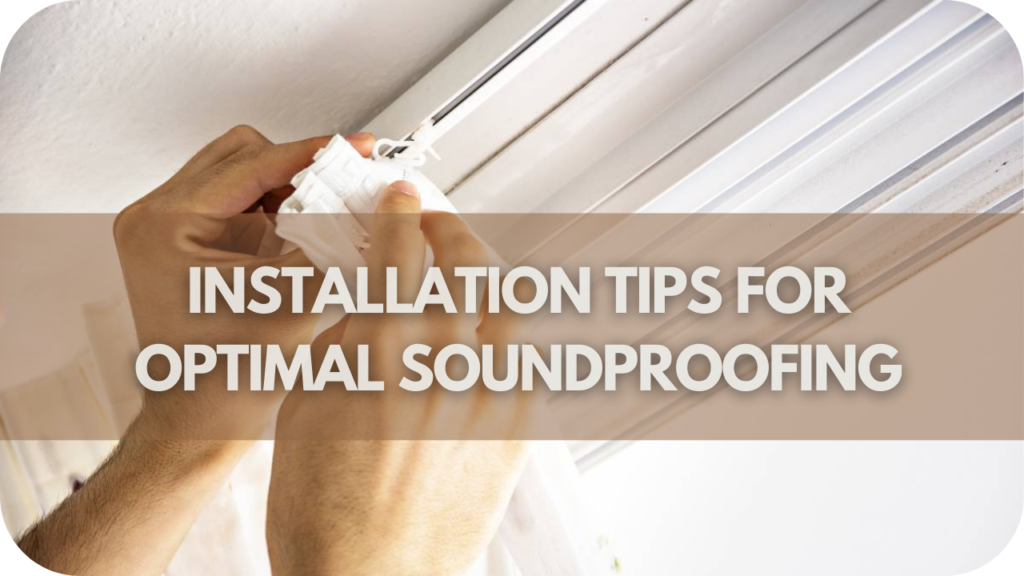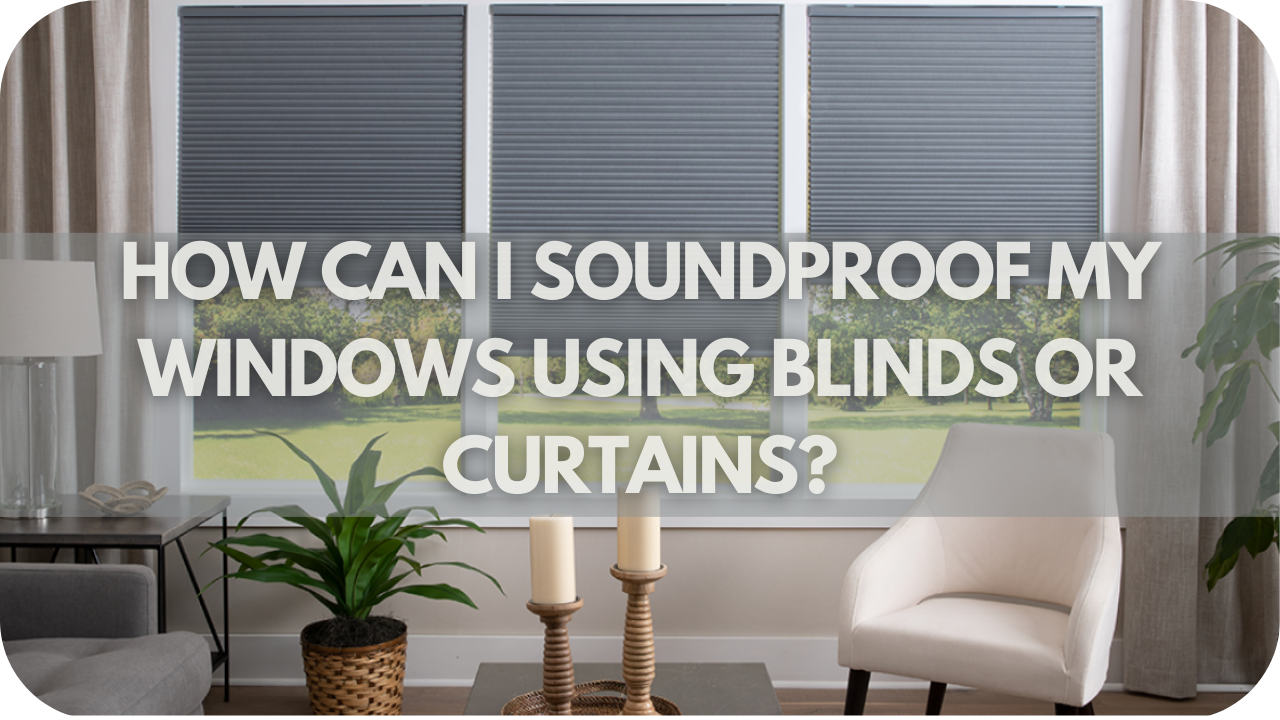Are outside noises disrupting your peace and concentration? Constant noise from traffic, neighbours, or the environment can significantly distract productivity and relaxation.
Explore practical tips and techniques to create a quieter, more peaceful indoor environment, enhancing your comfort and focus. Transform your space into a sanctuary with the right window treatments that minimise outside noise.
How Can I Soundproof My Windows Using Blinds or Curtains?
Yes, you can use blinds or curtains to soundproof your windows. Opt for thick, heavy materials like velvet or wool, or use layered fabrics to reduce noise penetration. Ensure the treatments fit snugly and cover the window frame completely. Consider adding soundproofing inserts or seals for additional insulation against external sounds.
Top Window Treatment Options for Soundproofing

These window treatments offer a practical soundproofing solution, effectively reducing noise from outside sources to create a quieter, more comfortable living environment.
1. Heavy Curtains and Drapes
Heavy curtains and drapes from dense fabrics like velvet, wool, or thick polyester are the most effective soundproofing window treatments. These materials absorb sound waves, preventing them from entering or leaving your space.
For optimal noise reduction, ensure that the curtains cover the entire window and extend well beyond the edges, reaching from ceiling to floor. Layering these curtains with other window treatments, such as blinds, can enhance their soundproofing capabilities.
2. Honeycomb (Cellular) Shades

Honeycomb shades, also known as cellular shades, are specifically designed to trap air within their structured cells, creating an insulating barrier that reduces noise transmission.
The more layers (cells) the shade has, the better its soundproofing capabilities. These shades minimise noise and improve energy efficiency by insulating against heat and cold.
3. Acoustic Blinds
Acoustic blinds are designed with sound-absorbing materials that help reduce noise pollution. These blinds add mass and density to your windows, blocking and absorbing sound waves. Options like Roman blinds, made from thick, layered fabrics, can dampen noise and add a stylish touch to your decor.
4. Double Roller Blinds

Double roller blinds feature a dual-layer design combining sheer and blackout layers. This structure offers versatile light control and provides additional sound insulation by creating multiple layers for sound waves to penetrate.
The combination of materials in double roller blinds, particularly the thickness and density of the blackout layer, makes them effective at reducing external noise.
Combining Window Treatments for Enhanced Soundproofing

Combining different window treatments is an effective strategy to maximise soundproofing in your home. You can significantly reduce noise levels and create a quieter environment by layering therapies. Here are some of the best combinations:
Pairing heavy curtains with honeycomb shades or acoustic blinds enhances noise reduction by creating a multi-layered barrier that blocks and absorbs sound. This combination is ideal for rooms with high noise levels, such as those facing busy streets.
Their dual-layer design allows double roller blinds and thick drapes to boost soundproofing. The roller blinds provide insulation, while the drapes add an extra layer of sound absorption, making this combination particularly effective for controlling noise and light.
Combine soundproofing curtains with acoustic panels on adjacent walls for maximum noise reduction. This setup blocks noise from windows and reduces echoes, making it perfect for home offices, bedrooms, or media rooms.
Double Glazing Windows with Complementary Window Treatments. If your home has double-glazed windows, pairing them with honeycomb shades or acoustic blinds creates a powerful noise barrier. This combination further reduces external noise, enhancing the quietness of your indoor space.
Installation Tips for Optimal Soundproofing

Ensure a snug fit with window treatments to achieve optimal soundproofing. Blinds or curtains should be installed tightly against the window frame to minimise gaps that allow noise to penetrate.
Inside mounting for blinds and extending curtains from ceiling to floor are effective strategies for creating a complete seal against sound. Using heavier mounting hardware, particularly for layered treatments, is crucial to support the weight and maintain a straight, flush installation.
Adding a ceiling-mounted curtain track can enhance soundproofing by allowing curtains to cover the entire window and wall area, reducing sound leakage.
Additionally, double or triple layering your window treatments, such as combining honeycomb shades with thick drapes, creates multiple barriers that significantly reduce noise transmission.
Before installing your window treatments, it’s essential to seal any gaps around the window frame using weatherstripping or acoustic sealants, especially in older homes where frames may not be perfectly aligned.
For complex installations or when using specialised soundproofing materials, opting for professional installation is recommended to ensure all components are fitted correctly, eliminating gaps and maximising sound insulation.
Additional Tips for Reducing Noise in Your Home

Combining multiple strategies to create a quieter environment is essential to reduce noise in your home effectively. Here are some additional tips that can help:
- Seal Gaps Around Windows and Doors: Use weatherstripping or acoustic sealant to close gaps around windows and doors. Even small openings can allow significant noise to enter, so sealing them is a simple yet effective step, especially in older homes where frames might be misaligned.
- Add Soft Furnishings: Rugs, carpets, and upholstered furniture can help absorb sound and reduce echo within a room. Thick area rugs with pads underneath are particularly effective on hard flooring surfaces, such as wood or tile, as they add an extra layer of sound insulation.
- Install Acoustic Panels: Place acoustic panels on walls, particularly in rooms where noise reduction is critical, like home offices or bedrooms. These panels are designed to absorb sound and can significantly reduce external noise and internal echo. They come in various designs, allowing them to blend with your decor while providing functional soundproofing.
- Double Glazing Windows: Consider installing double-glazed windows, which consist of two glass layers with an air gap in between. This structure acts as a buffer that reduces sound transmission. Double glazing can create an effective barrier against external noise when paired with soundproofing window treatments.
- Strategic Furniture Placement: Place large furniture, such as bookshelves or cabinets, against walls that face noisy areas. These items add mass to the walls, helping to dampen sound vibrations and reduce noise penetration into the room.
Conclusion
Soundproofing your windows with blinds or curtains effectively creates a quieter space. You can significantly reduce external noise by choosing heavy, dense materials, ensuring snug installation, and considering additional factors like room acoustics and ventilation.
Visit Into Blinds to enhance your comfort today with tailored soundproofing solutions for a more peaceful environment.



